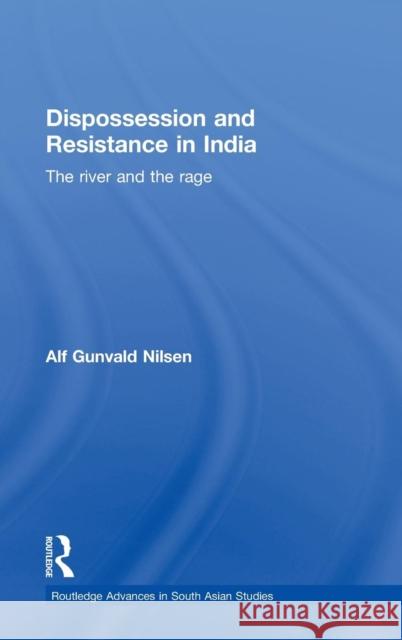Dispossession and Resistance in India: The River and the Rage » książka
Dispossession and Resistance in India: The River and the Rage
ISBN-13: 9780415558648 / Angielski / Twarda / 2010 / 242 str.
Dispossession and Resistance in India: The River and the Rage
ISBN-13: 9780415558648 / Angielski / Twarda / 2010 / 242 str.
(netto: 740,24 VAT: 5%)
Najniższa cena z 30 dni: 730,42
ok. 22 dni roboczych
Dostawa w 2026 r.
Darmowa dostawa!
This book deals with the controversies on developmental aspects of large dams, with a particular focus on the Narmada Valley projects in India. Based on extensive ethnographic fieldwork and research, the author draws on Marxist theory to craft a detailed analysis of how local demands for resettlement and rehabilitation were transformed into a radical anti-dam campaign linked to national and transnational movement networks. The book explains the Narmada conflict and addresses how the building of the anti-dam campaign was animated by processes of collective learning, how activists extended the spatial scope of their struggle by building networks of solidarity with transnational advocacy groups, and how it is embedded in and shaped by a wider field of force of capitalist development at national and transnational scales. The analysis emphasizes how the Narmada dam project is related to national and global processes of capitalist development, and relates the Narmada Valley movement to contemporary popular struggles against dispossession in India and beyond. Conclusions drawn from the resistance to the Narmada dams can be applied to social movements in other parts of the Global South, where people are struggling against dispossession in a context of neoliberal restructuring. As such, this book will have relevance for people with an interest in South Asian studies, Indian politics and Development Studies.
Large dams have evoked controversial debates about development paths, effectiveness, environmental consequences, and social justice. This book deals with the controversies on developmental aspects of large dams with a particular focus on the Narmada case in India. Based on extensive field data and research, the author’s substantial and innovative analysis shows how local demands for resettlement and rehabilitation were transformed into a radical anti-dam campaign linked to national and transnational movement networks.
The book explains the Narmada conflict and shows how it is embedded in and shaped by a wider field of force of capitalist development at national and transnational scales. The analysis emphasizes how the Narmada dam project is related to national and global processes of capitalist development, and relates the Narmada Valley movement to contemporary popular struggles against dispossession in India and beyond.











